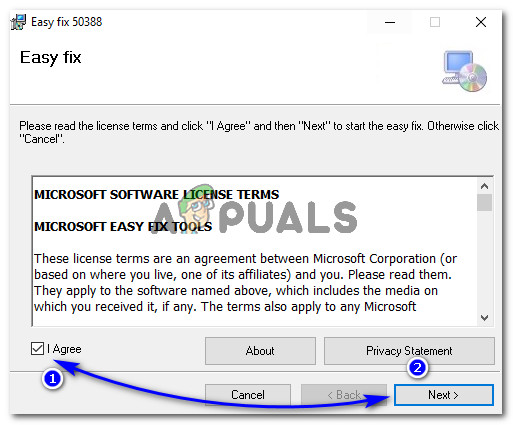Outlook Error “Your Organization’s Policies are Preventing”
You may have encountered an error that prevents you from opening hyperlinks while using Microsoft Outlook. Depending on your version of Outlook, this error varies, but the underlying problem remains the same. This issue has been addressed several times on the Microsoft website because many Windows users started receiving this error whenever they tried to open a hyperlink from within their Outlook program.
In versions 2007 and 2010 of Outlook, you may come across an error such as, “This operation has been cancelled due to restrictions in effect on this computer. Please contact your system administrator.”
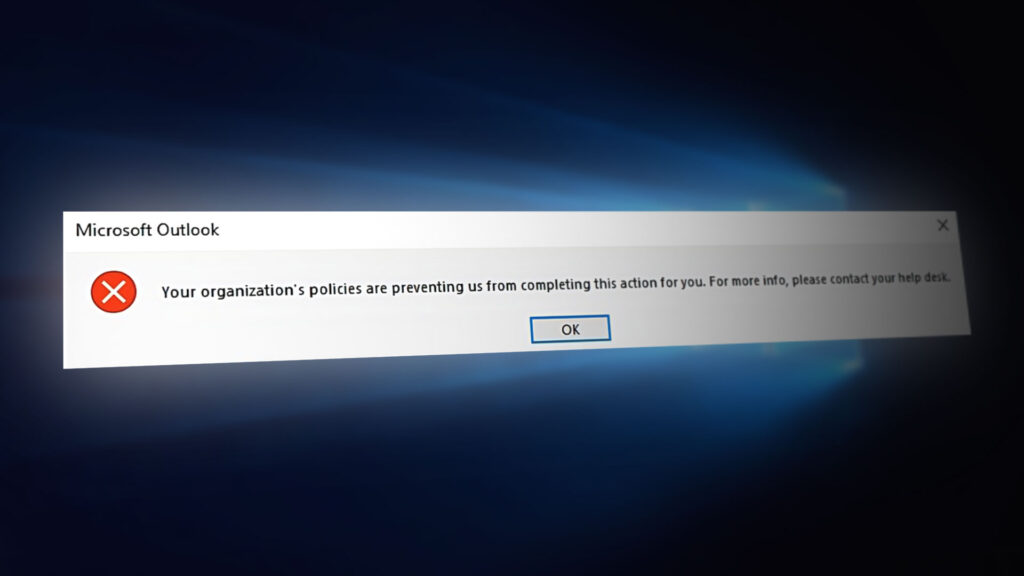
However, if you use later versions of Outlook, such as Outlook 2013 and 2016, you might be presented with an error stating, “Your organization’s policies are preventing us from completing this action for you. For more info, please contact your help desk.”

Why Don’t Hyperlinks Open from Within Microsoft Outlook?
There might be several reasons why Outlook has stopped opening hyperlinks from within. One reason could be related to your default internet browser being set to a third-party browser like Google Chrome or Firefox installed on your computer. If you haven’t changed this setting yourself, it might have happened unnoticed due to various add-ins that change the default browser to another one.
So, How to Fix Hyperlinks Not Opening from Within Outlook?
To fix this problem, you can follow the solutions mentioned below and check if they work for you.
Solution 1: Set Internet Explorer & Outlook as Default Programs
To address this issue, you need to set Internet Explorer as your default program for opening links. Additionally, you should set MS Outlook as the default program for all your email-related services. Follow these steps to achieve this. The process is nearly the same on all versions of Windows.
- Open Control Panel > Default Programs and click on Set your default programs.

- In the next window, set your default web browser to Internet Explorer and the default Email client to Outlook.
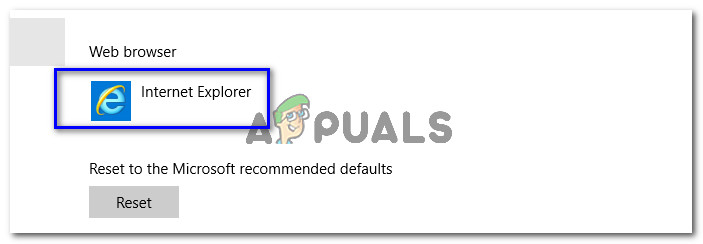
- Afterwards, restart your MS Outlook and check if it opens hyperlinks. If it doesn’t, move to the next solution.
Solution 2: Reset Internet Explorer Settings
If the problem with Outlook still persists after following the above-mentioned solution, then you need to reset the settings of Internet Explorer.
- Open Internet Options from Control Panel. You can also click on the gear icon located at the top right corner of Internet Explorer and select Internet Options.
- Inside the Internet Options/ Internet Properties window, go to the Advanced tab and click on the Reset and OK buttons as illustrated in the image below.
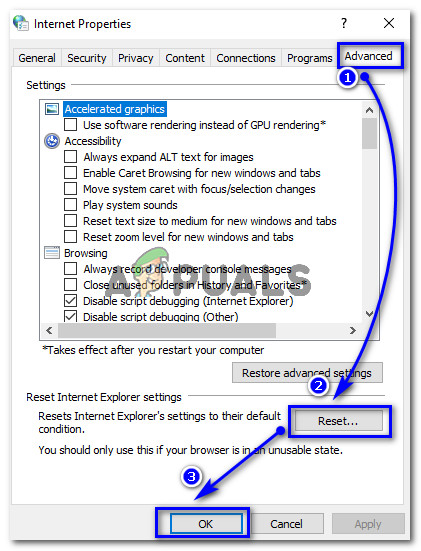
- On the Reset Internet Explorer Settings window, check the Delete Personal Settings checkbox and hit Reset. After the process is completed, set Internet Explorer and Outlook as default programs as depicted above and restart Internet Explorer. Check Outlook to see if the problem has been resolved.
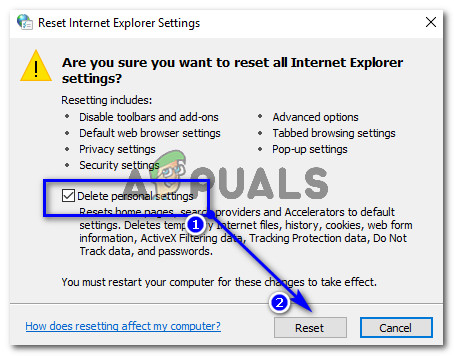
Solution 3: Check for Registry Key inside Registry Editor
The Registry Editor is a graphical tool that allows users to make changes to the Windows registry.
Note: Before following this step, make sure to create a system restore point. We have a comprehensive guide covering all the ways to create a system restore point.
- Open the registry editor by typing regedit inside the search box in Windows 8 and 10. If you are using Windows 7, you can do so by clicking on Start > Run and typing regedit followed by the Enter key.
- Inside the registry editor, find the .html key inside the HKEY_CLASSES_ROOT location. Click on it and on the right pane, check for (Default). If it is blank or has no data, then it might be a loophole.
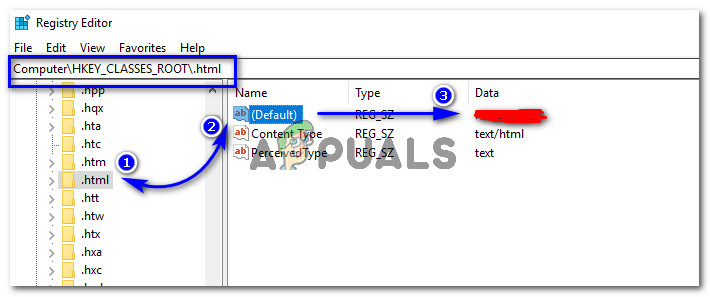
- Double-click on (Default) and set its Value Data to htmlfile (case-sensitive). Click on OK and restart your PC. Check in Outlook if it opens hyperlinks without any problem.

Solution 4: Use Microsoft Easy Fix Tool (Windows 7 & Earlier Versions Only)
This solution is for those using Windows 7 or earlier versions. Download the Easy Fix Tool from this link. Click on the I Agree checkbox and the Next button multiple times. It will automatically fix the problem. Check Outlook again. Hopefully, it will be resolved.
